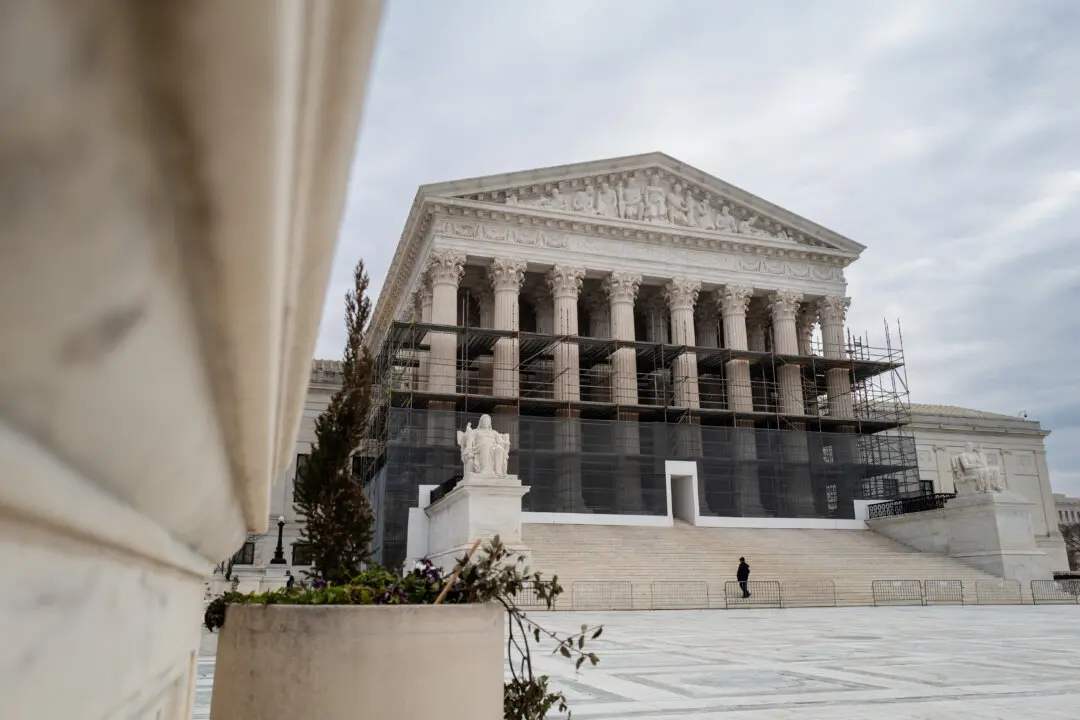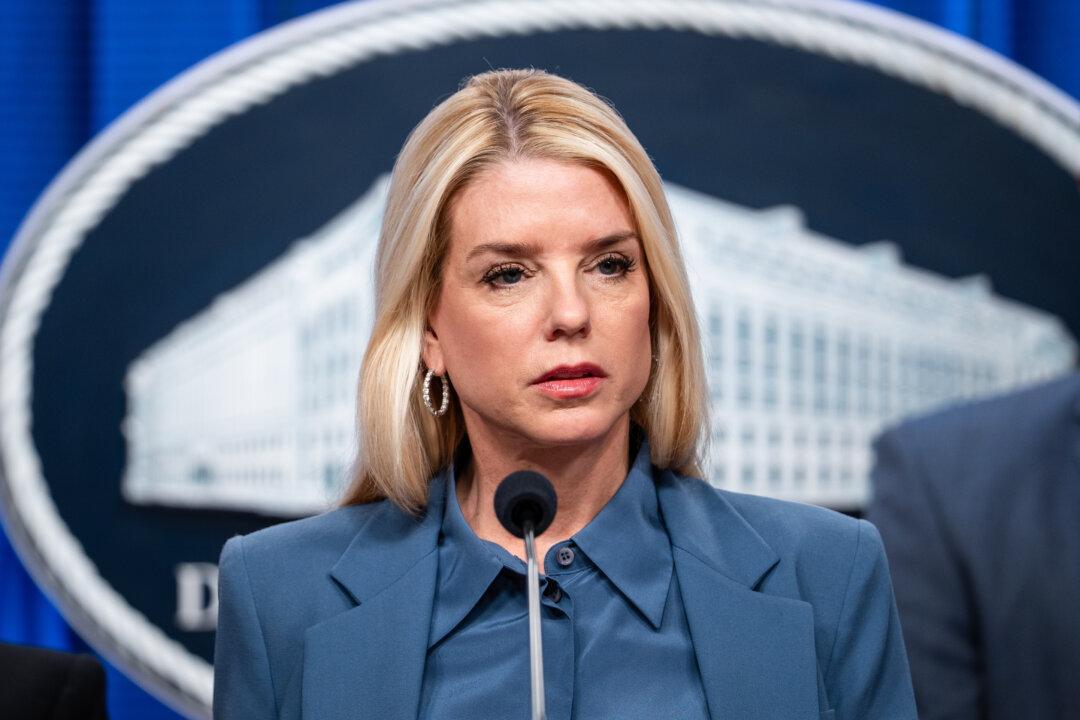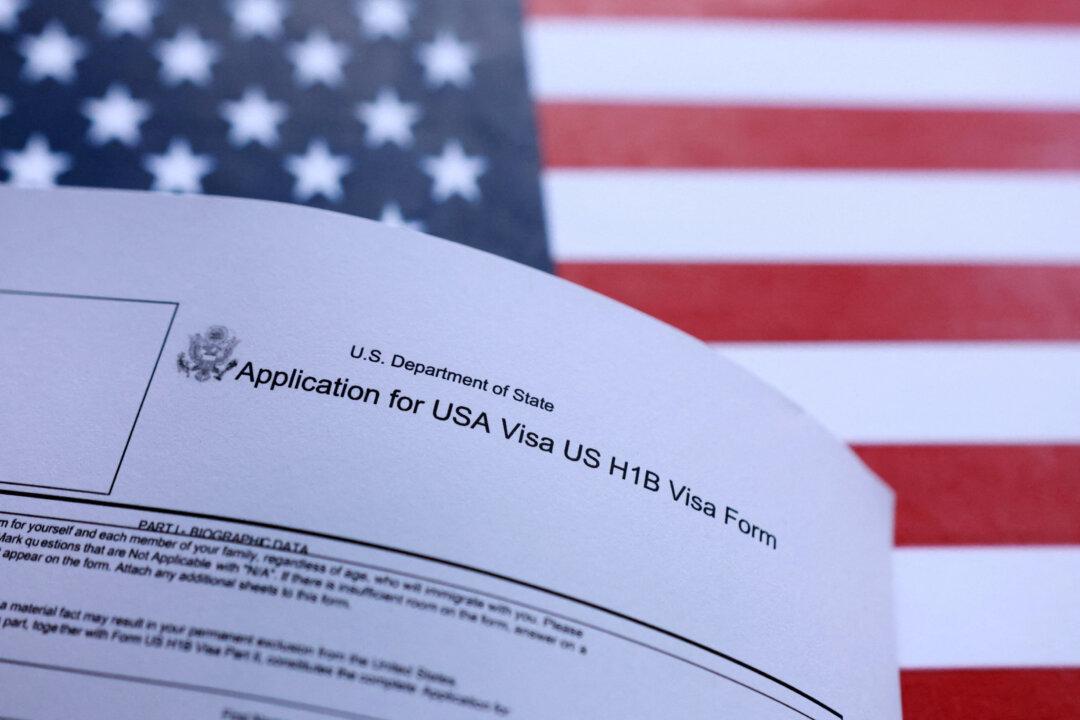Although conservatives remain the largest ideological grouping in the United States, the percentage of Americans identifying as liberals has been rising since the 1990s, according to polling company Gallup.
“In 2020, conservatives remain the largest and most important ideological voter bloc,” said Ian Walters, communications director for the American Conservative Union, which runs the annual Conservative Political Action Conference (CPAC).





